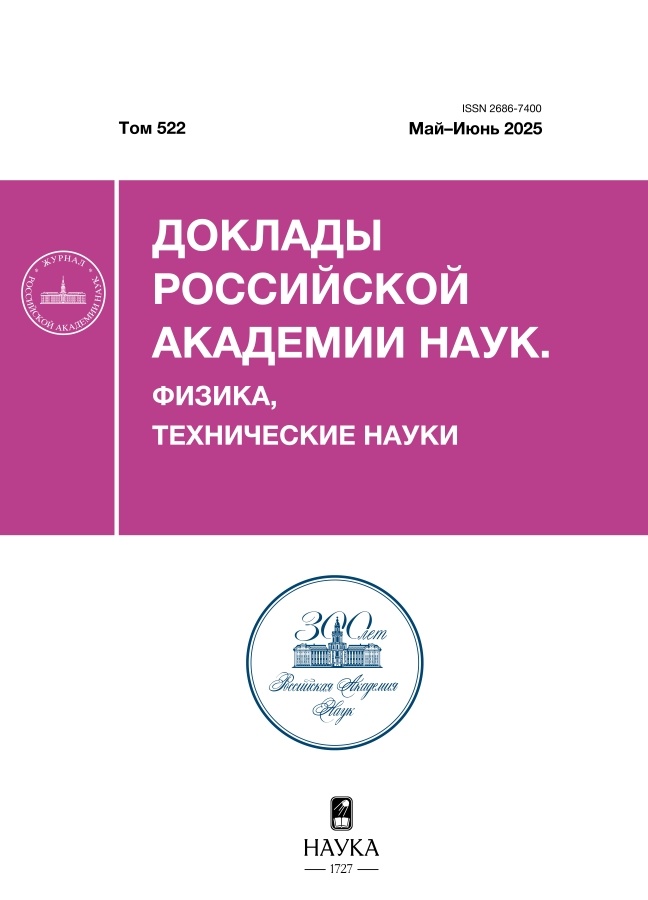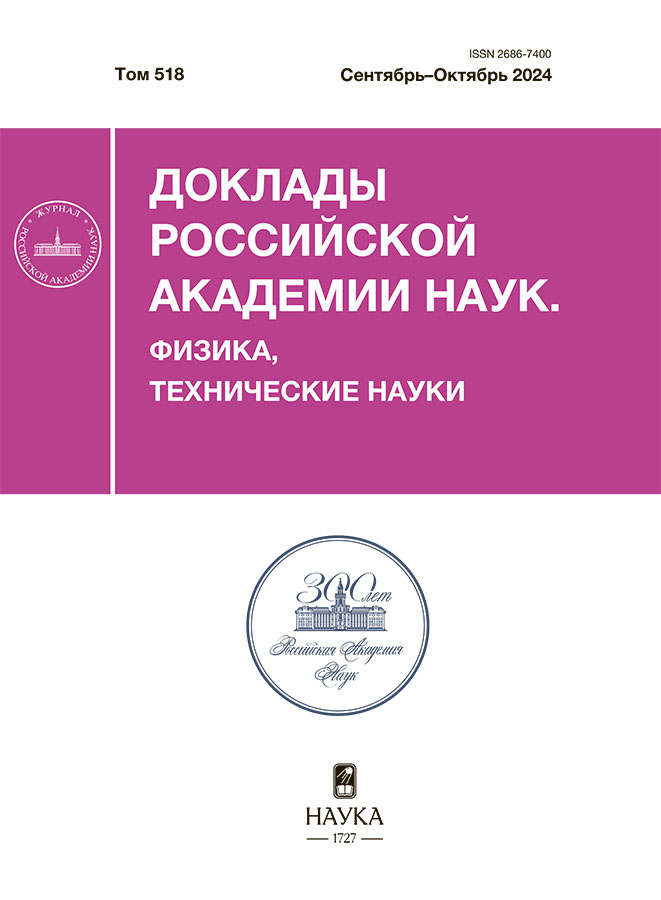Упругая полоса с трещиной. Точное решение
- Авторы: Коваленко М.Д.1, Кержаев А.П.2, Меньшова И.В.2,3, Власов Д.А.4
-
Учреждения:
- Институт прикладной механики Российской академии наук
- Институт теории прогноза землетрясений и математической геофизики Российской академии наук
- Московский государственный технический университет имени Н.Э. Баумана
- ООО “СИГМА ТАУ”
- Выпуск: Том 518, № 1 (2024)
- Страницы: 51-56
- Раздел: МЕХАНИКА
- URL: https://permmedjournal.ru/2686-7400/article/view/677506
- DOI: https://doi.org/10.31857/S2686740024050089
- EDN: https://elibrary.ru/HXJMZC
- ID: 677506
Цитировать
Полный текст
Аннотация
Предложен метод решения задачи для бесконечной упругой полосы с поперечной трещиной, расположенной на вертикальной оси симметрии. Решение ищется в виде рядов по собственным функциям Папковича–Фадля, коэффициенты которых определяются в явном виде. Метод решения не зависит от вида однородных граничных условий на сторонах полосы. Для решения задачи из собственных функций Папковича–Фадля конструируется функция, допускающая аналитическое продолжение вне трещины во всю полосу. Аналитическое продолжение строится с помощью преобразования Бореля. Последовательность решения показана на примере четно-симметричной задачи для свободной полосы с центральной трещиной, на берегах которой заданы нормальные напряжения.
Полный текст
Об авторах
М. Д. Коваленко
Институт прикладной механики Российской академии наук
Автор, ответственный за переписку.
Email: kov08@inbox.ru
Россия, Москва
А. П. Кержаев
Институт теории прогноза землетрясений и математической геофизики Российской академии наук
Email: kov08@inbox.ru
Россия, Москва
И. В. Меньшова
Институт теории прогноза землетрясений и математической геофизики Российской академии наук; Московский государственный технический университет имени Н.Э. Баумана
Email: kov08@inbox.ru
Россия, Москва; Москва
Д. А. Власов
ООО “СИГМА ТАУ”
Email: kov08@inbox.ru
Россия, Москва
Список литературы
- Гольдштейн Р.В., Рысков И.Н., Салганик Р.Л. Центральная поперечная трещина в упругой полосе // Изв. АН СССР. МТТ. 1969. № 4. С. 97–104.
- Civelek M.B., Erdogan F. Crack problems for a rectangular plate and an infinite strip // Int. J. Fract. 1982. V. 19. P. 139–159.
- Antipov Y.A., Schiavone P. Integro-differential equation for a finite crack in a strip with surface effects // Quart. J. Mech. Appl. Math. 2011. V. 64. № 1. P. 87–106.
- Reut V., Vaysfeld N., Zhuravlova Z. Investigation of the stress state of the elastic semi-strip with a transverse crack // Theor. Appl. Fract. Mech. 2019. V. 100. P. 105–109.
- Коваленко М.Д., Шуляковская Т.Д. Разложения по функциям Фадля–Папковича в полосе. Основы теории // Изв. РАН. МТТ. 2011. № 5. С. 78–98.
- Ахиезер Н.И. Лекции по теории аппроксимации. М.: Наука, 1965. 407 с.
- Левин Б.Я. Распределение корней целых функций. М.: ГИТТЛ, 1956. 632 с.
- Винер Н., Пэли Р. Преобразование Фурье в комплексной области. М.: Наука, 1964. 268 с.
- Гахов Ф.Д. Краевые задачи. М.: Наука, 1977. 640 с.
- Папкович П.Ф. Об одной форме решения плоской задачи теории упругости для прямоугольной полосы // ДАН СССР. 1940. Т. 27. № 4. С. 335–339.
- Гринберг Г.А. О методе, предложенном П.Ф. Папковичем для решения плоской задачи теории упругости для прямоугольной области и задачи изгиба прямоугольной тонкой плиты с двумя закрепленными кромками, и о некоторых его обобщениях // ПММ. 1953. Т. 17. № 2. С. 211–228.
- Прокопов В.К. О соотношении обобщенной ортогональности П.Ф. Папковича для прямоугольной пластинки // ПММ. 1964. Т. 28. № 2. С. 351–355.
- Little R.W., Childs S.B. Elastostatic boundary region problem in solid cylinders // Quart. Appl. Math. 1967. V. 25. № 3. P. 261–274.
- Сидоров Ю.В., Федорюк М.В., Шабунин М.И. Лекции по теории функций комплексного переменного. М.: Наука, 1989. 480 с.
- Лебедев Н.Н. Специальные функции и их приложения. М.–Л.: ГИФМЛ, 1963. 359 с.
- Бейтмен Г., Эрдейи А. Высшие трансцендентные функции. Т. 2. М.: Наука, 1974. 296 с.
- Matrosov A.V., Kovalenko M.D., Menshova I.V., Kerzhaev A.P. Method of initial functions and integral Fourier transform in some problems of the theory of elasticity // Z. Angew. Math. Phys. 2020. V. 71. № 1. Art. 24. 19 p.
- Kovalenko M.D., Menshova I.V., Kerzhaev A.P., Yu G. Exact solutions of the theory of elasticity for a clamped rectangle // Math. Mech. Solids. 2022. V. 27. № 12. P. 2551–2566.
Дополнительные файлы













